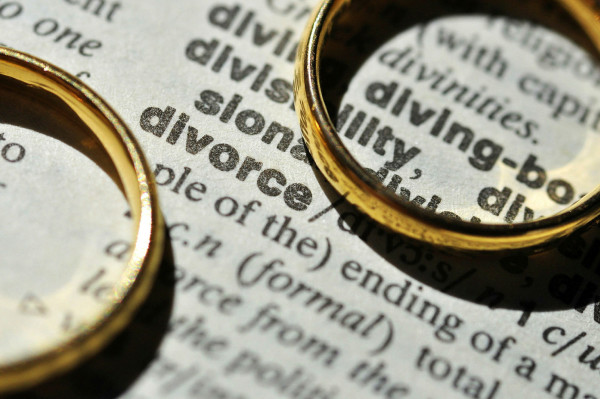If an asset has already been transferred within three years preceding a divorce petition and the transfer defeats the other spouse’s financial claims, it is presumed to have been transferred for that purpose and the transfer may be set aside.
This presumption can be rebutted, but it is very helpful that the starting point is that skulduggery has occurred. The onus is then on the disposer to satisfy the court that they effected the transaction without the intention of defeating or reducing the financial claim of their soon-to-be ex-spouse.

Stopping an asset being disposed of is much more effective that setting aside a disposition.
If seeking to set aside a disposition to secure the return of a matrimonial asset, the presumption alone is not enough to get you over the line if you want the asset back.
As with almost anything, prevention is better than cure and stopping an asset being disposed of is much more effective that setting aside a disposition, however, it can be done in the right circumstances.
The first step is usually to make the receiver of the disposed asset a party to the proceedings. This is most commonly a family member who the exiting spouse can suggest they ‘gifted’ an asset or shareholding to. Or in cases, usually more motivated by spite, they might be purchasers of an asset at well below market value.
If they are joined to the proceedings then the court has fairly extensive powers to set aside the disposition, which in the main will mean ordering that the asset is returned to the family pot for appropriate consideration and division.
However, the disposition can only be set aside (or put back in the pot) if the court is satisfied that doing so will affect the orders made when considering how to split the assets.
In short, if the asset is de minimis – that is, too small to be meaningful or taken into consideration – or if one party might be very likely to keep the asset out of the matrimonial pot on other grounds, then there is little point in setting aside the disposition.
You have to satisfy the court that putting the money back in will actually make a difference to the outcome of the overall case. This discourages disproportionate applications being made.
Protection for third parties
There are also protections in placed for honest third parties who might find themselves at risk of losing an asset they bought fair and square.











